9 Essential Cuts Video
Editors Should Know
Think that video editing is simply connecting two video clips on a timeline one after the other? Au contraire!
How you take your viewer from one thought or idea to another should tell your viewer something about the story you are telling and how you are telling it.
Covering basic editing techniques can easily begin with a lesson on how you choose to handle transitions on your documentary.
Check out this video from Shutterstock Tutorials and you'll see 9 different types of cuts and transitions that you can use in your film.
9 Essential Cuts Video Editors Should Know:
1. Standard Cut
This is your basic editing starting point. By simply putting two clips together the editing process is working and moving your story forward. This is by far the most commonly used editing cut with no flare, no fuss, and no added meaning.
2. Jump Cut
Jump cuts allow you to jump around a scene with the intent to speed it up. It can be used as a comedic effect or a simply way to demonstrate the passing of time. Usually this involves taking one long shot (say one minute) and chopping it down to 10 seconds by eliminating most of the action within the recorded scene.
3. J-Cut
The J-cut is way more popular than you may know. Odds are you have seen J-cuts many, many times already. A J-cut is transitioning to the next scene by letting the audio from the next scene be heard before the video edit occurs. You drag the audio from your next clip and place it over your current clip. This is a great way to keep your viewers engaged and involved in your story.
4. L-Cut
L-cuts are the opposite of J-cuts. L-cuts have the video lead the way into the transition into the next scene. L-cuts work well with dialogue between people.
5. Cut On Action
Cut on action is what it implies. An edit (typically a standard cut) is used in the middle of action. This is done to keep the viewer engaged in the action as it moves the story forward. It's also a way to surprise or catch the viewer off guard by making an unexpected cut in the middle of action taking place.
6. Cross Cut
Cross cut edits are a great way to tell more than one narrative at a time. By shifting back and forth between two characters, vantage points or action points the viewer can see how the two characters are behaving at the same time. Something neither character would be able to know. This is part of what makes storytelling compelling. Storytellers can create different vantage points in order to tell their story the way they want to for maximum impact on the viewer.
7. Cut Away
A cut away edit is used to let the viewer grasp a better understanding of what going on around a scene. A cut away can show car traffic to let the viewer know that the story is taking place near a street, for example. The b-roll footage you shoot when filming your documentary can be used as cut-away footage.
8. Montage
While jump cuts move you quickly through a scene, a video montage can take viewers quickly from sequence to sequence. (Scenes live within sequences. Sequences are made up of scenes.) By moving through sequences the story can cover more elapsed time or even travel from place to place. Montages are great for showing a character working toward a goal.
9. Match Cut
A match cut follows the subject and action from one scene to another in seamless melding of environments. When done correctly match cuts easily take the viewer from one scene to the next while maintaining a sense of consistency and planning on the part of the filmmakers.
Video Editing Tip!
Be a minimalist when it comes to your cut/transition choices.
For example, don't use all of the different cuts in one film. Find your way of moving your story forward without "the way" getting in the way. An overuse of cuts can make the viewer give their attention to the editing process rather than on the story.
Do you have experience using any of the editing techniques used in the above video?
Are there any other ways storytellers can show transition or move a forward story through use of editing transitions and cuts? Let us know in the comment section below.
NEW! How To Sell Your Film
Make Money With Your Documentary
Ready To Make Your Dream Documentary?
Sign up for our exclusive 7-day crash course and learn step-by-step how to make a documentary from idea to completed movie!

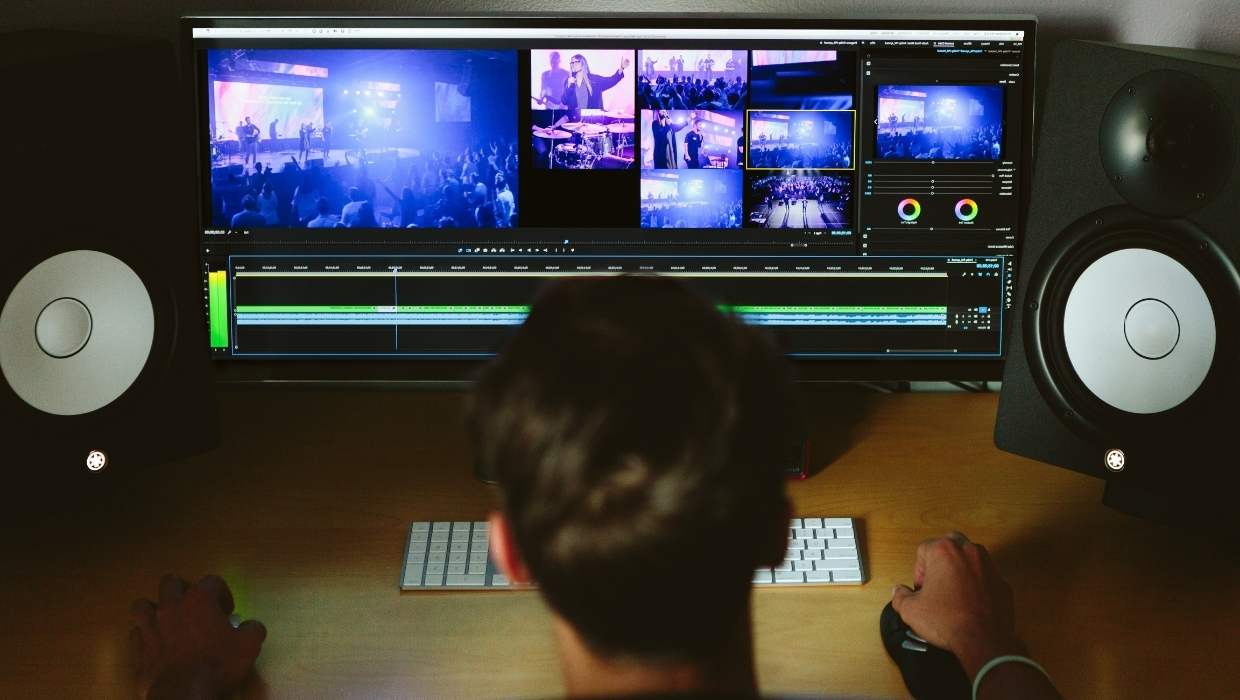



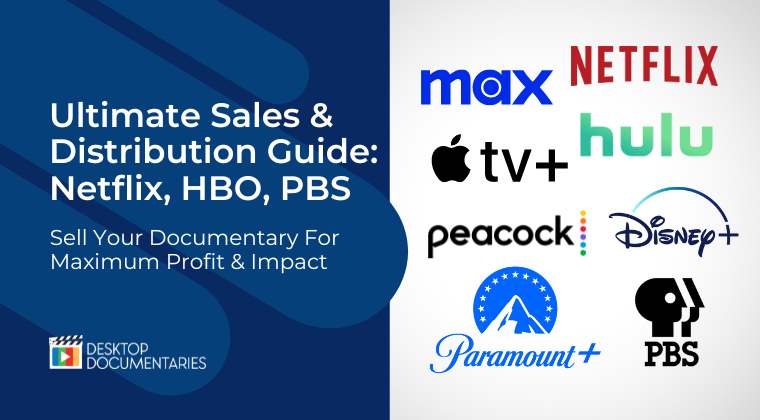


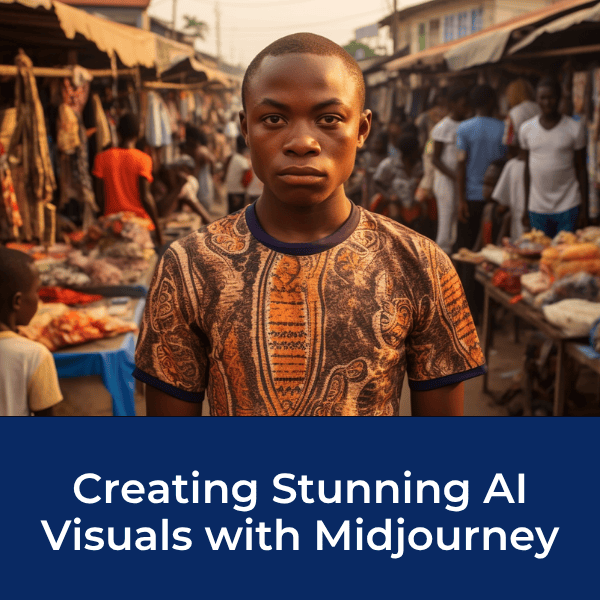









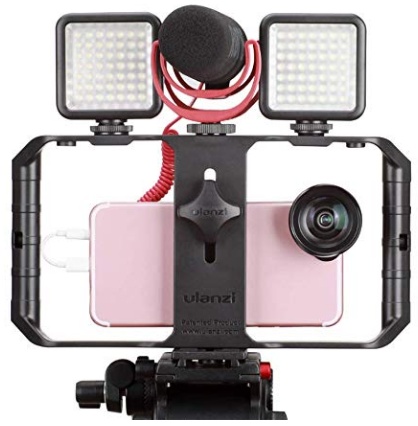
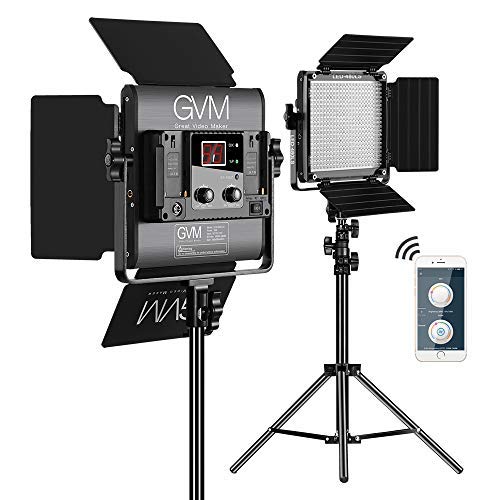
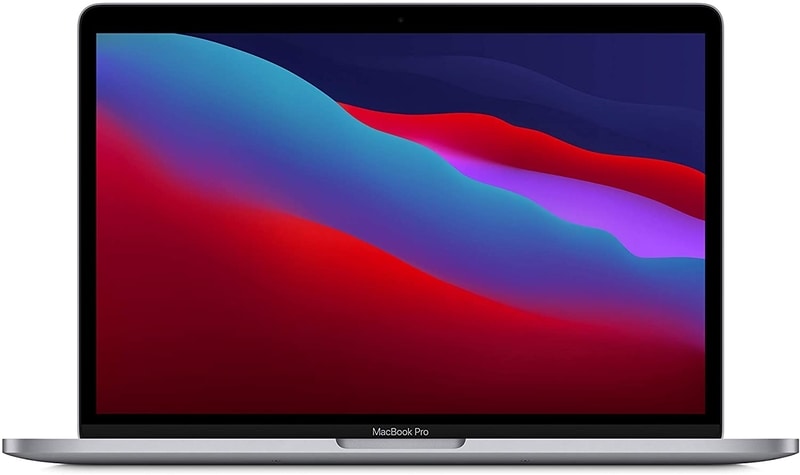
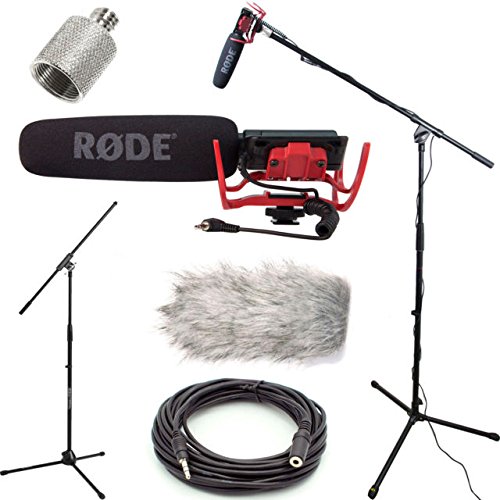
New! Comments
[To ensure your comment gets posted, please avoid using external links/URL's]